The goldflame honeysuckle plant is a great choice for adding a decorative touch to trellises, arbors, and fences due to its bicolored tubular flowers and lustrous oval leaves. This perennial vine is a hybrid of Lonıcera amerıcana and Lonıcera sempervırens, and requires at least six hours of direct sunlight every day to thrive. It can still flourish in partial shade, as long as the soil is slightly acidic to neutral in pH.
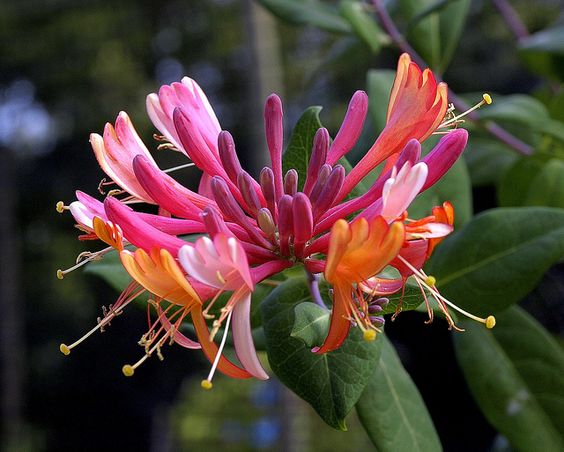
If left untrimmed, the goldflame honeysuckle’s fragrant vines can grow up to 15 feet tall. It is considered a semi-evergreen plant in areas with warmer climates and deciduous in colder regions. Nonetheless, pruning the plant can turn it into a dense shrub that stands at about six feet tall, making it a great option for creating privacy screens.
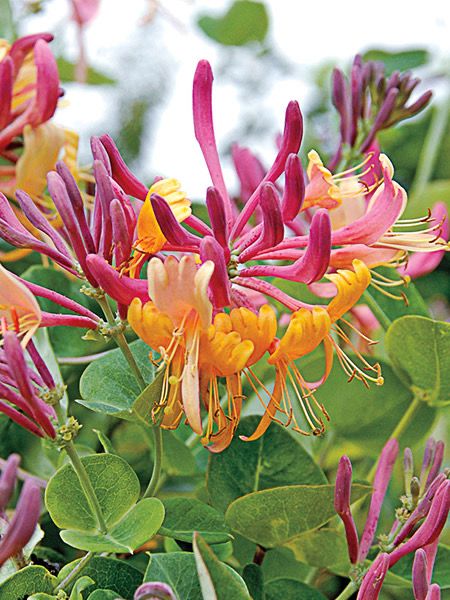
The goldflame honeysuckle has become a favourite among hummingbirds and butterflies due to its ability to produce a delicious nectar from its tubular flowers. The pink and yellow or coral petals of the plant’s blossoms create a magnificent contrast that resembles a beautiful fireworks display. While birds find the fruit of this plant a delicacy, it is toxic to humans. Additionally, deer tend to avoid consuming its attractive blossoms, making it an ideal choice for any garden.

The goldflame honeysuckle is a stunning plant that can be a valuable addition to any garden without taking over completely. To ensure the success of this plant, it is crucial to find a spot in the garden that receives full sunlight and has well-draining soil. During the first year, maintaining a consistent watering schedule is necessary to establish its roots, but avoid letting the plant dry out. To prevent it from growing too large or becoming unruly, prune it once per year. Overall, the goldflame honeysuckle is an excellent choice for gardeners looking to add some beauty to their outdoor space.
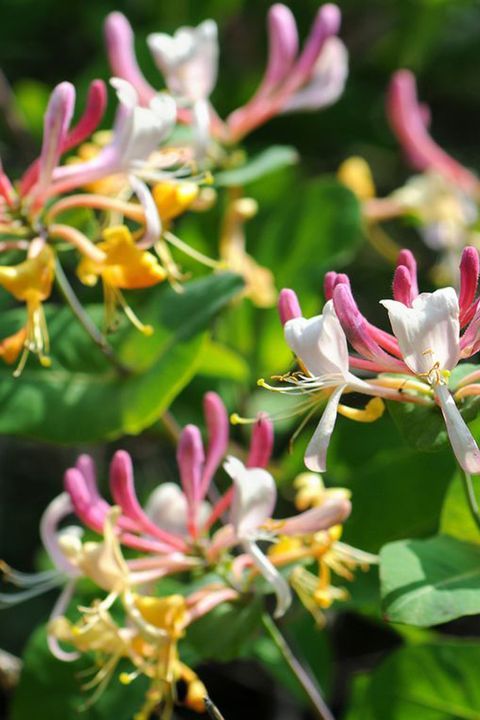
To achieve optimal flowering, it is recommended to plant Goldflame honeysuckle in full sunlight. This plant can climb on light poles or mailboxes, which will enable it to thrive. Additionally, it grows well in dappled shade and is a desirable plant for arbors. Goldflame honeysuckle prefers acidic, well-drained soil, and young plants should be watered generously when their roots are spreading out. However, excessive water can cause damage to the plant. The twining vine thrives between temperatures of 45 to 60 degrees Fahrenheit, with moderate humidity. When outdoor temperatures exceed 95 degrees Fahrenheit, its growth rate typically decreases. Goldflame honeysuckle is cold-hardy to temperatures in the twenties and can be pruned in the winter to limit its vigorous spring growth. It is recommended to apply a general-purpose fertilizer with a 3-1-2 NPK ratio each spring for optimal development. Minimal pruning during the first two years after planting is essential for the vine’s health and growth.
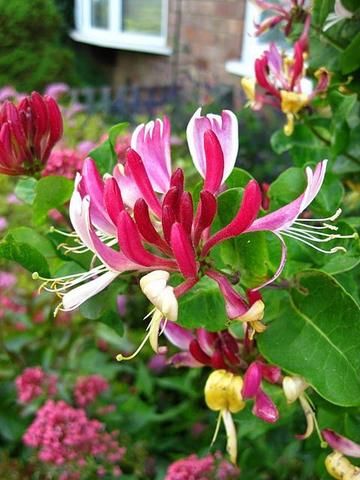
Growing goldflame honeysuckle is an easy process that involves either layering or clipping its leaves. To layer, bury the middle of a still-connected vine in early spring and water regularly until roots form. For leaf cuttings, take 6- to 8-inch-long cuttings, dip them in rooting hormone, and plant in well-drained soil in a small pot. Using mature berries that have been cold stratified is also an option for seed production. This hardy plant can survive temperatures as low as 20 degrees Fahrenheit and needs to be repotted regularly. Its sweet-smelling, two-colored blooms appear consistently from June through August (or into early September in warmer regions). Plant in a sunny location, fertilize, and prune to encourage more flowers. Avoid snipping off the flowers immediately after blooming, as they may turn into berries and spread the plant’s seeds.


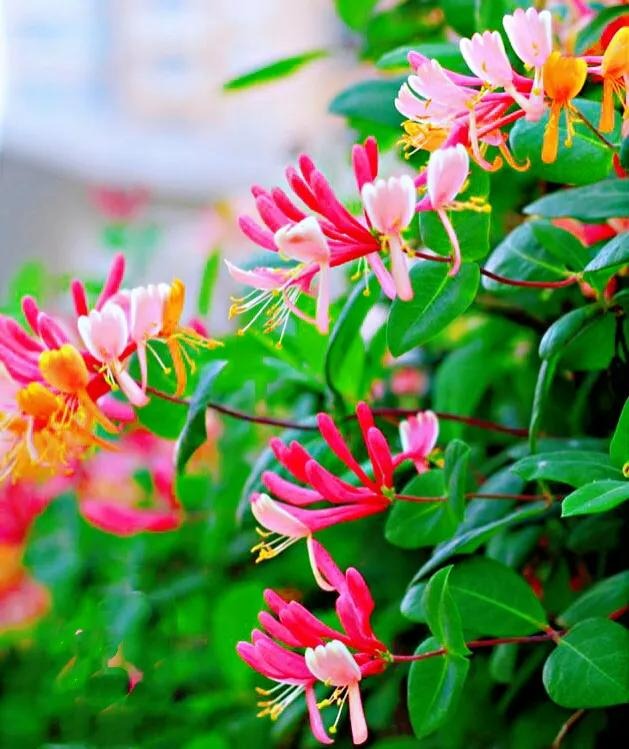

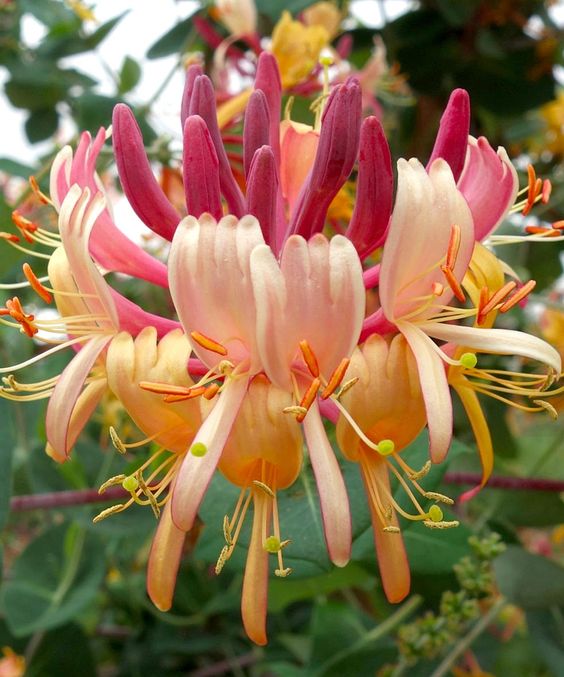
Image credit goes to Pinterest, as featured on the Garden Lover website.
